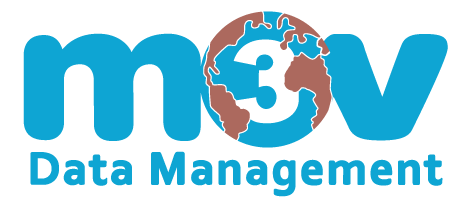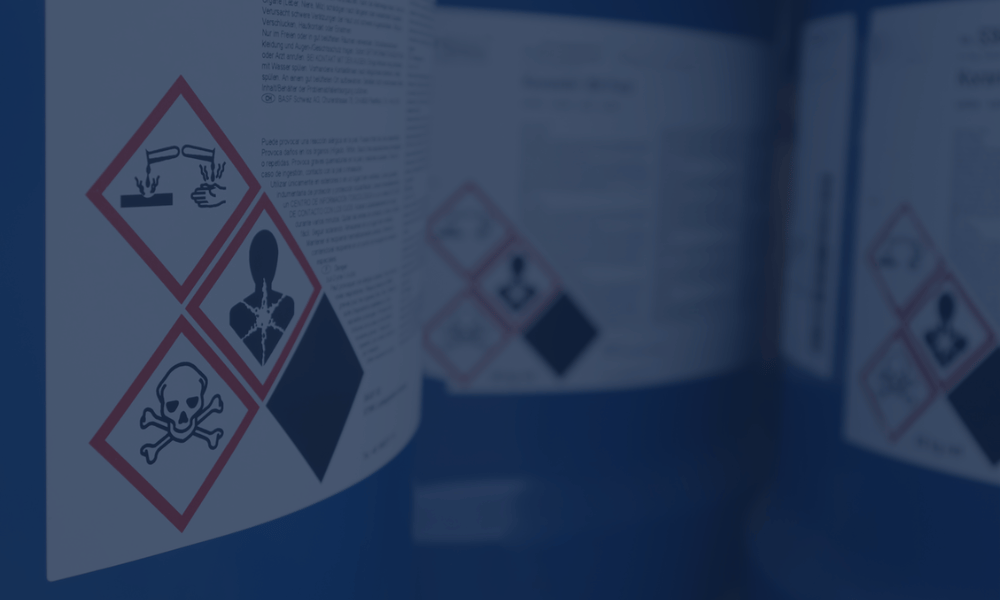The U.S. Department of Labor has revised OSHA’s penalty and debt collection policies to make compliance easier for small businesses while maintaining a strong focus on workplace safety. The new guidelines include:
- Higher Penalty Reductions for Small Employers: Companies with up to 25 employees can now receive a 70% penalty reduction (previously limited to 10 employees).
- Incentive for Immediate Action: Businesses that correct hazards right away may qualify for an additional 15% reduction.
- Clean Record Discount: Employers with no serious OSHA violations in the past five years can earn a 20% reduction.
The updated size-based reduction table is as follows:
| Employees | Percent Reduction |
| 1-25 | 70 |
| 26-100 | 30 |
| 101-250 | 10 |
| 251 or more | None |
These changes apply to new penalties issued after July 14, 2025, and are designed to help small businesses direct more resources toward proactive safety measures instead of penalties.
OSHA’s regulatory approach focuses on reducing compliance costs for businesses, particularly small employers, while maintaining core safety standards. This includes adjusting penalty structures and prioritizing voluntary compliance over punitive measures.
Pros and Cons of the Updated OSHA Penalty Guidelines
Pros
- Easier Compliance for Small Businesses: Significant penalty reductions allow smaller employers to direct resources toward safety improvements.
- Encourages Prompt Hazard Correction: The additional 15% reduction for immediate action motivates businesses to fix issues quickly.
- Rewards Good Safety Records: Employers with clean inspection histories benefit from extra reductions, promoting long-term compliance.
- Scalable Adjustments: The size-based penalty structure recognizes differences between small, medium, and large businesses.
Cons
- Risk of Reduced Deterrence: Lower penalties could reduce the sense of urgency for some businesses to comply fully.
- Complex Eligibility Criteria: Businesses must track multiple conditions (size, violation history, hazard correction timing) to understand their exact reduction.
- No Relief for Larger Employers: Companies with more than 250 employees do not benefit, even if they maintain excellent safety records.
- Penalties Still Apply for Serious Violations: While reductions exist, companies that fail to meet basic compliance can still face significant financial consequences.
Why Accurate SDS Management Matters
While these changes reduce the financial burden, they also underscore the importance of maintaining a safe workplace and correcting hazards promptly. One of the most common OSHA violations? Hazard Communication—ensuring employees have access to up-to-date Safety Data Sheets (SDS) for chemicals in the workplace.
That’s where M3V’s SDS Management Software comes in. Our solution helps small businesses:
- Maintain a compliant SDS library accessible to all employees
- Simplify hazard communication for OSHA’s Hazard Communication Standard
- Respond quickly to potential violations and take corrective action
By making SDS management easy and affordable, we help small (and large) businesses take full advantage of OSHA’s new penalty reduction incentives—while keeping employees safe and workplaces compliant.




